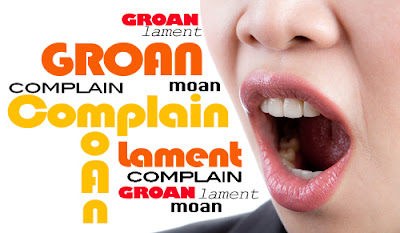The real fact of the matter is that nobody reads ads. People read what interests them, and sometimes it’s an ad.
Howard Luck Gossage
In his blog {grow}, marketing maestro Mark Schaefer asks, "Has there ever been a question that targeted ads are going to perform better than shooting a bunch of buckshot ads out there?"
Schaefer asks the question in light of P&G's announcement that it will abandon Facebook ad targeting, due to the strategy's failure.
“We targeted too much, and we went too narrow,” P&G's CMO told The Wall Street Journal, “and now we’re looking at: What is the best way to get the most reach but also the right precision?”
Schaefer wonders aloud whether every advertiser might close more sales with buckshot ads, for no increase in spend (targeted ads cost more than buckshot ones).
He's firmly undecided.
"On the one hand, the P&G revelation shakes long-held assumptions, but on the other hand, I don’t think we necessarily need to make wholesale changes to strategy," Schaefer says.
"If you’re a wedding photographer, targeting couples who have changed their status to 'engaged' probably still makes sense, right?"
My direct marketing experience has taught me buckshot advertising's okay; and that frequency's the real key to closing more sales.
From what I've seen, precision-targeting works when a product-related life-event takes place in proximity to the arrival of your offer in the prospect's mailbox. Absent that life-event, your offer is simply more noise ("mailbox clutter").
Targeting based on demographics cuts waste; but it doesn't capture sales. Frequency does that.
A case in point. My client, an insurance company, noticed each time it mailed an offer for term life the bulk of policies were bought by 33-year-old men. Curious about the trend, I called a sample of the men to find out why they'd acted. The resounding answer: a newborn had recently arrived, and dad was interested in baby's wellbeing. So we took two steps: We narrowed the list from a wide range of men and women to men ages 33-35; and, with the money saved, increased the frequency of mailings. Policy purchases skyrocketed.
Frequency rules because you just never know when a prospect is interested. For all its fancy algorithms, even Facebook doesn't know that.
If you can believe sales growth strategist Chet Holmes' research, at any moment only 3% of any population represents interested buyers of your product. If your offer reaches that 3% with enough frequency, you increase your chances to close.
Wait, you shout, I'm wasting big bucks on the other 97%! Not so, Holmes claims:
- 7% of the population at any moment is at least open to your offer
- 30% at any moment isn't thinking about your offer
- 30% at any moment would say it's uninterested
- Only 30% is really, truly uninterested
The upshot of all this?
A little buckshot never hurt anyone.
Unless you hunt with Dick Cheney.








